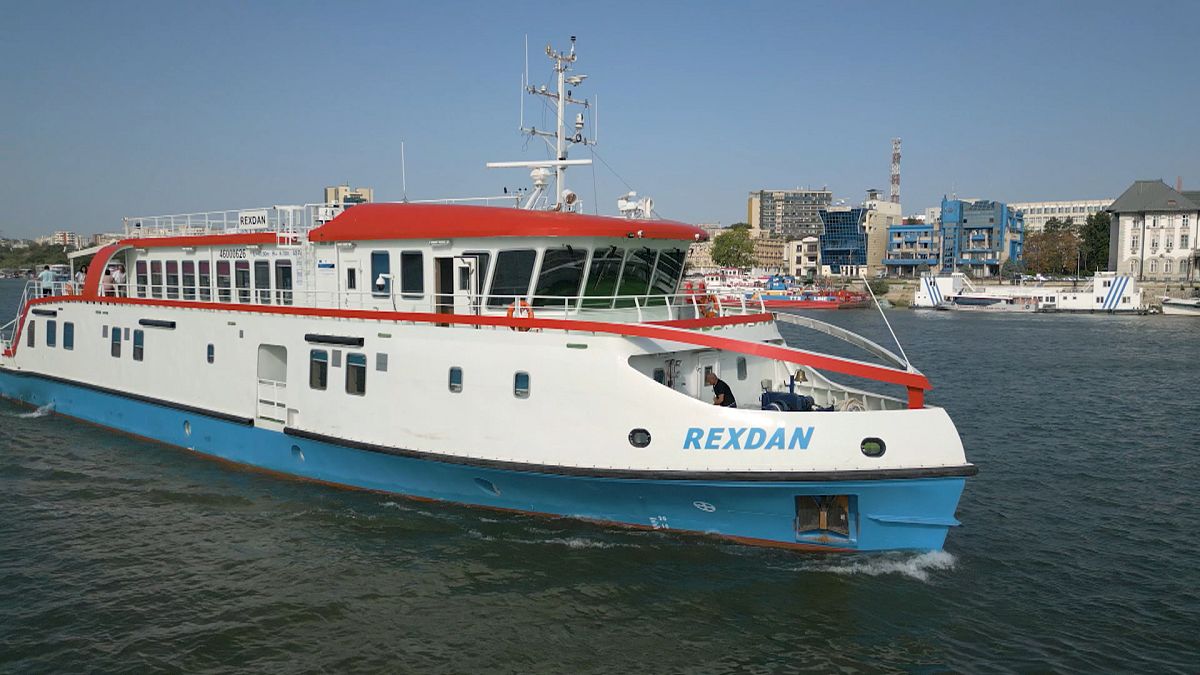The REXDAN project is a multidisciplinary, integrated research initiative aiming to keep the Danube’s waters safe from and safe for humans.
The Danube is the longest river in the European Union, flowing through 10 countries. What impact do human activities have on this delicate river ecosystem and how can its biodiversity be protected? That is the mission of REXDAN, a multidisciplinary European research project with laboratories on land and on board this ship, the largest of its kind in continental European waterways. Lucian Georgescu, Project Director of REXDAN explains a key part of their activities:
We’re looking at the quality of the atmosphere up to fifteen kilometers away; we’re looking at the quality of the water, the biota, which means everything that lives from microscopic things to large animals. We want to know what’s going on here, what the dangers are for the wider ecosystem.
Fragile biosphere
The Danube Delta is a biosphere reserve. Climate change and human actions are having an impact on the state of its waters, its sediments and all its ecosystems. The European REXDAN project brings together specialists like Stefan Petrea on land and on the water. He studies the stress in 4 sturgeon species, three of which are on the red list.
“Nowadays there are many emerging contaminants, and we don’t really know which is their effect on the sturgeon,” the REXDAN researcher says. “The goal is to create, complex and integrated analytical framework, which will serve as a decision support tool for the decision makers to adopt proper solution for conservation of those species which are endangered.”
Delving into the Danube
In international waters between Ukraine, Moldova and Romania a group of Romanian researchers are taking samples that are analysed in the 9 laboratories on board the boat and in the 9 other REXDAN laboratories at the UGAL University in Galati, in eastern Romania. Among the ten research projects they worked on was a study of microplastics
“Microplastics are considered to be transport vectors for other pollutants, such as metals, pharmaceutical compounds, pesticides and other pathogens,” research assistant Màdàlina Càlmuc explains. We have estimated that the Danube carries around 50 tonnes of microplastics per year on Romanian territory. The European Commission aims to reduce microplastic pollution by 30% by 2030.”
REXDAN’s total budget is over €19.5 million, 85% of which has been financed by the EU’s Cohesion Policy and 15% by national funds.
In Romania alone, the Danube provides drinking water for 6 million people, an indispensible resource that needs to be monitored, REXDAN’s Lucian Georgescu says: “This water is life. With polluted water, life is harder, more complicated and more difficult. We’re doing this for us, because the impact of the pollution we’re seeing now will have an impact on people’s health in ten years’ time,.” he adds. REXDAN is developing a statistical model so that the relevant authorities can protect the Danube in its entirety.
Click on the video above to see Aurora Velez’s report in full
Checkout latest world news below links :
World News || Latest News || U.S. News
The post River research: the international scientists protecting the Danube’s delicate ecosystems appeared first on WorldNewsEra.

